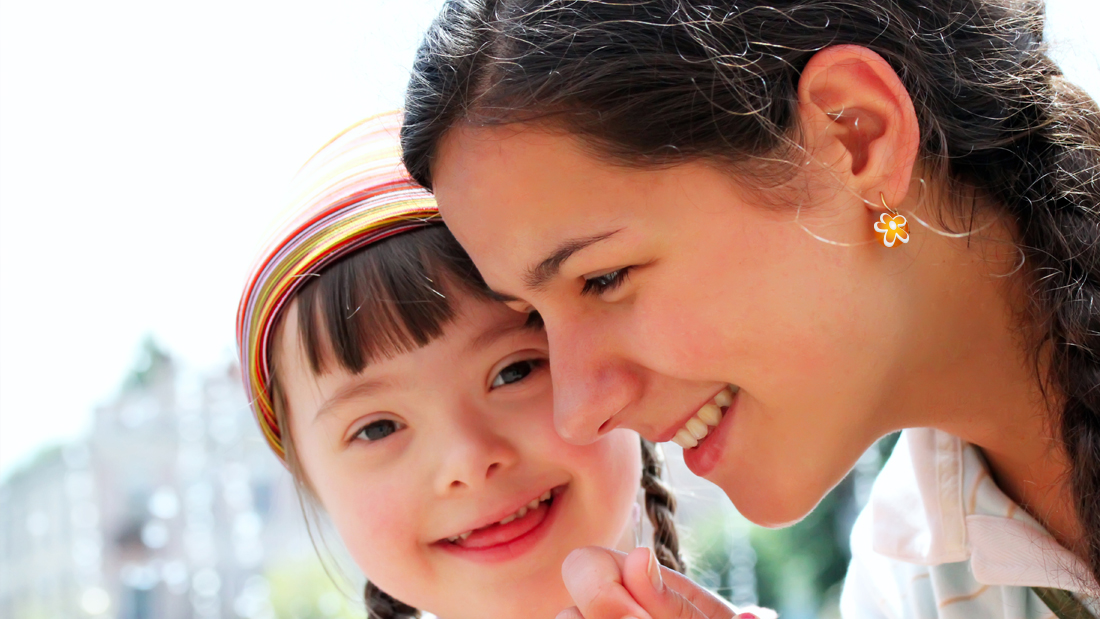Down Syndrome is a common genetic birth defect that affects one out of every 691 children born in the United States today. Children born with Down Syndrome typically have both physical and mental delays, but the extent of these delays vary from child to child. It is also not unusual to have other medical issues as well, such as, congenital heart defects, vision and hearing problems, and pulmonary hypertension. Though, Down Syndrome can be detected before a child is born, it can not be prevented or cured. If your child has Down Syndrome there are many resources that are available for her and your family.
Causes
The typical baby inherits genetic information from both of his parents evenly. 23 chromosomes from his mother, and 23 from his father, for a total of 46 chromosomes. In most cases a child with Down Syndrome has an extra chromosome, bringing his total to 47. Despite lots of research, no one knows why the extra chromosome sometimes is inherited, and there is no way to prevent it from happening. That being said, there does seem to be a link between children born to mothers over the age of 35. In fact, the risk goes from 1 in 1000 for a 30 year old mother, to 1 in 400 for a mother who is 35. The older the mother, the greater the risk.
Characteristics
Each child is different and though, children with Down Syndrome typically share certain characteristics, the prominence and severity can differ greatly.
Some of the general characteristics of Down Syndrome are:
- Low muscle tone and stunted growth.
- Flat and wide facial features, with a small nose, chin, and ears.
- Upward slanted eyes with small skin folds in the inner corner.
- Single crease across the palm of the hand.
- Mild to moderate intellectual delay or disability.
- Delayed milestones (sitting, crawling, walking, etc.).
- Protruding tongue
Resources
Having a child with any type of special needs can be very overwhelming and at times feel very isolating. Finding the right support and resources is very important. Know that you are not alone, and asking for and accepting support and help is a positive thing, and a valuable resource.
Early intervention can encourage and increase development in young children. Talk to your pediatrician about what resources are available in your area. Most states provide therapies such as physical, speech, and occupational, for children under the age of three for little or no cost. Once she is three years old, she is guaranteed services under the Individuals with Disabilities Education Act (IDEA), where your local school system is required to provide services free of charge.
Support groups (online or in person) for you and your family are a great resource to take advantage of. Being able to communicate with other parents who are facing the same struggles as you and realizing you are not alone, can be comforting.
Many kids who have Down Syndrome go on to lead productive and semi-independent lives. They enjoy school and many of the same activities that other kids their age enjoy. A few may even go on to college and get a degree. Most are able to hold jobs and become active in their community.
We provide a wide range of services that can benefit you and your child with Down Syndrome. If you have any questions or would like to know more about our practice and services, call us today.
Sources: NDSS.org | KidsHealth.org | WebMD.com
What is Down Syndrome?
Shandy Marso, Contributor



